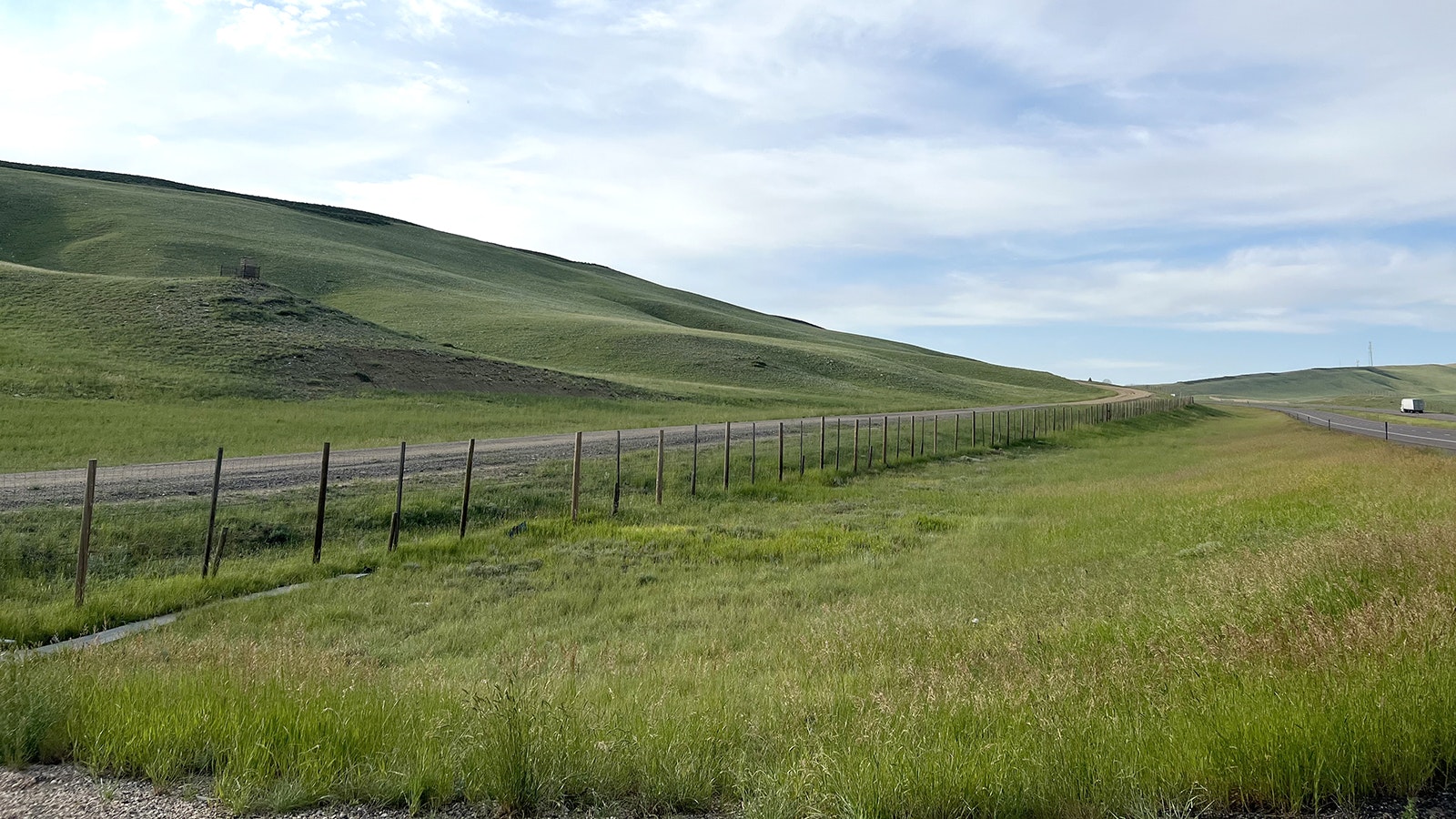It's not easy being green in the dog days of summer around the Cowboy State, which typically are arid and hot. But Wyoming isn't having too much trouble keeping its color this year.
Meteorologist Don Day is rarely surprised by Wyoming's weather. Even when it's intense, it's predictable. There's a simple explanation for the greener pastures into mid-August.
"When we get out of a drought, we do it in style," Day said.
Better When It's Wetter
So far, 2023 has been a cooler, wetter year across Wyoming. What started as record levels of snow in the winter has been maintained with a prolonged rainy summer.
Temperatures also have stayed comparatively low. Because of the cooler weather, water evaporation rates are down, Day said. The ground and plants are retaining more water, which explains why the state's vegetation is still so lush.
While the intensity of the green is catching many off-guard, it's all part of Wyoming's predictable weather patterns. Day says it's easy to lose track of dry and wet cycles, but Wyoming ended a three-year drought cycle this past winter.
"In the year or two after a drought, you tend to have wet years. When we go through a drought cycle, there's a wet cycle after that,” he said.
The last wet year was 2019, which was wetter than most Wyomingites remember.
"We forget about it after two or three dry years," Day said. "Was 2019 as green as this year? No, but it was pretty wet."
Wyoming's agricultural producers tend to have long memories, but this year is unlike anything they can remember.
Dennis Sun, publisher of the Wyoming Livestock Roundup, said there's no year "in recent memory" that compares to 2023.
"We've got more grass around the state than we've ever seen before. It's just remarkable,” he said. “And it's staying green. That's unheard of in the middle of August.”
Long Green Or Short Green?
There's more good news for Wyoming's agriculture: the pattern that's kept Wyoming wet this year will most likely keep it wet next year, and possibly longer.
Based on historical data and long-range forecasting, Day said 2024 should be another good year for precipitation. It's all part of the same cycle.
However, while the cycle of wet and dry periods is reliable, the length of those periods is not. Day expects another season of wet weather in this cycle, but can't accurately predict beyond that.
"Sometimes it's two wet years, sometimes it's (up to) four years. And then sometimes it's two dry years, sometimes three or four," Day said.
After three years of drought, a long period of moisture is welcome relief for many Wyomingites. Not only is it reaping bigger profits in crops and grazing, but it's also been lowering bills in some areas of the state.
"Those that irrigated on the Platte River or (near) the Buffalo Bill Reservoir didn't have to irrigate,” Sun said. “It rained so much and saved all that water — and the water bill.”
But wet years can be a double-edged sword.
While current crop yields are very promising, Sun said the intensity of precipitation earlier in the season negated the full potential of the wet cycle. That's where 90-degree days are providing some relief.
"The first cutting (of alfalfa) was a disaster for a lot of people. It was raining too much. Some got hailed out. They couldn't get (the crop) put up," he said. "With this hot weather, they're doing a lot better with the second cutting."
Sun said crops and location determine the benefits of wet weather, but more moisture and better water retention are beneficial across the board.
For everyone in Wyoming, it's time to make the most of the wet weather while it lasts. And patterns suggest it's going to last for a while longer.
Andrew Rossi can be reached at: Arossi@CowboyStateDaily.com
Andrew Rossi can be reached at arossi@cowboystatedaily.com.





